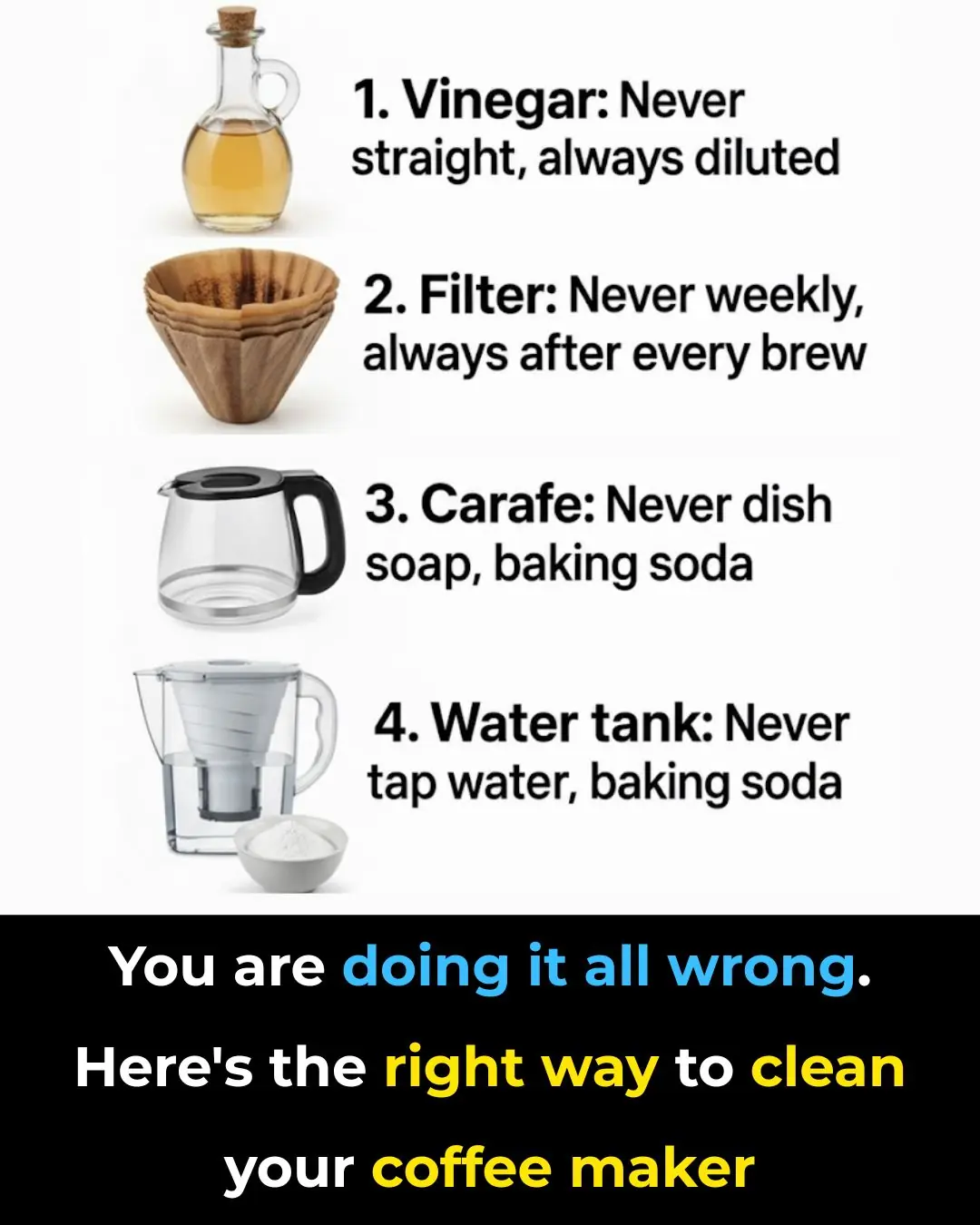
Rice cookers have 4 places that need to be cleaned regularly, the cleaner they are, the less electricity they use.
Parts of Your Rice Cooker You Should Clean Regularly (But Probably Don’t)
When using an electric rice cooker, many people overlook certain spots that actually need regular cleaning. Ignoring them not only affects the taste and quality of your rice but can also shorten the appliance’s lifespan and increase electricity consumption.
1. The Heating Plate
At the bottom of the rice cooker sits the heating plate, the main component responsible for transferring heat to the inner pot and cooking the rice evenly. Over time, dust, burnt rice residues, and mineral deposits can build up on the surface. This buildup dulls the plate, reduces its efficiency, and causes uneven heating. The longer it goes uncleaned, the harder the plate must work, leading to longer cooking times and higher power usage.
Many people rarely think about cleaning this part, but it’s one of the most important areas to maintain. A clean heating plate ensures efficient heat transfer and helps extend the overall life of your cooker.
To clean it safely, never pour water directly onto the heating element. Instead, apply a small amount of toothpaste to the plate and gently scrub with a dry toothbrush. Wipe away any residue using a dry cloth. Another method is to place a paper towel soaked in vinegar over the plate for a few minutes to loosen grime, then wipe clean. These mild cleaning agents are effective yet gentle, preventing damage to the plate’s coating.
2. The Inner Lid and Rubber Seal
Under the cooker’s main lid, you’ll find an inner lid and a rubber sealing ring (gasket). These components help lock in steam and prevent rice water from overflowing during cooking. However, they’re also prone to collecting starchy residue from boiling rice water.
If left uncleaned, these residues can harden, create unpleasant odors, and even harbor bacteria or mold—causing the next batch of rice to spoil faster or taste off.
Fortunately, most inner lids and rubber seals are removable. You can detach them easily, wash them with warm soapy water, dry thoroughly, and reinstall them before the next use. It’s a good habit to clean them before or after each cooking session.
If your rice cooker model has a non-removable lid, simply use a damp cloth to wipe it clean after every use. Consistent cleaning helps maintain food hygiene and keeps your rice cooker working efficiently for years.
3. The Steam Vent

Every rice cooker has a steam vent—a small hole that releases excess steam and pressure during cooking. However, this is another area that often gets neglected. When rice water boils over, it can carry starch and tiny bits of rice into the vent, which then harden and block the airflow. Over time, a clogged vent can cause pressure buildup, affect cooking performance, and even damage internal components.
Most modern cookers have removable steam vents for easier cleaning. If yours does, take it out regularly, rinse it under running water, and dry it completely. For non-removable vents, use a toothpick or cotton swab to gently remove any trapped debris. Keeping this vent clear ensures your rice cooks evenly and safely.
4. The Power Socket
Many newer rice cookers come with detachable power cords, which plug into a socket on the side or back of the cooker. Because it’s usually out of sight, this area tends to collect dust and food particles over time. This buildup can interfere with electrical contact and, in severe cases, pose a risk of short-circuiting or even fire.
To clean it, unplug the cooker first, then use a dry cloth or cotton swab to wipe the socket gently. Avoid letting water or liquid cleaners near the electrical components. Regular cleaning keeps the connection firm and safe.
Final Tips
Keeping your rice cooker clean isn’t just about appearances—it’s about performance, safety, and hygiene. A few minutes of care after each use can save you from bigger problems later, such as unevenly cooked rice, strange smells, or costly repairs. Think of it like caring for any other kitchen appliance: clean parts make for better, safer, and tastier cooking.
News in the same category

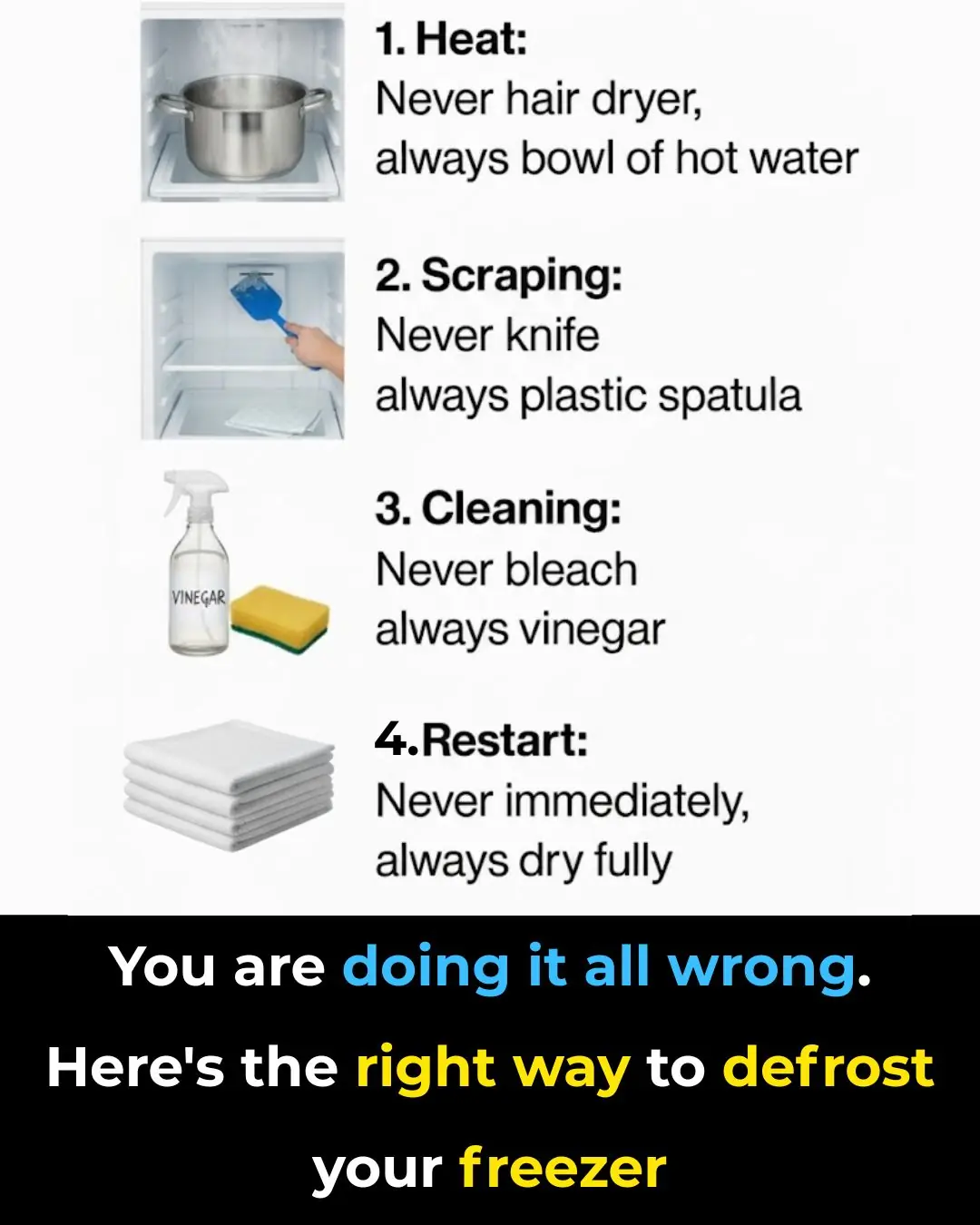
You are doing it all wrong. Here’s the right way to defrost your freezer
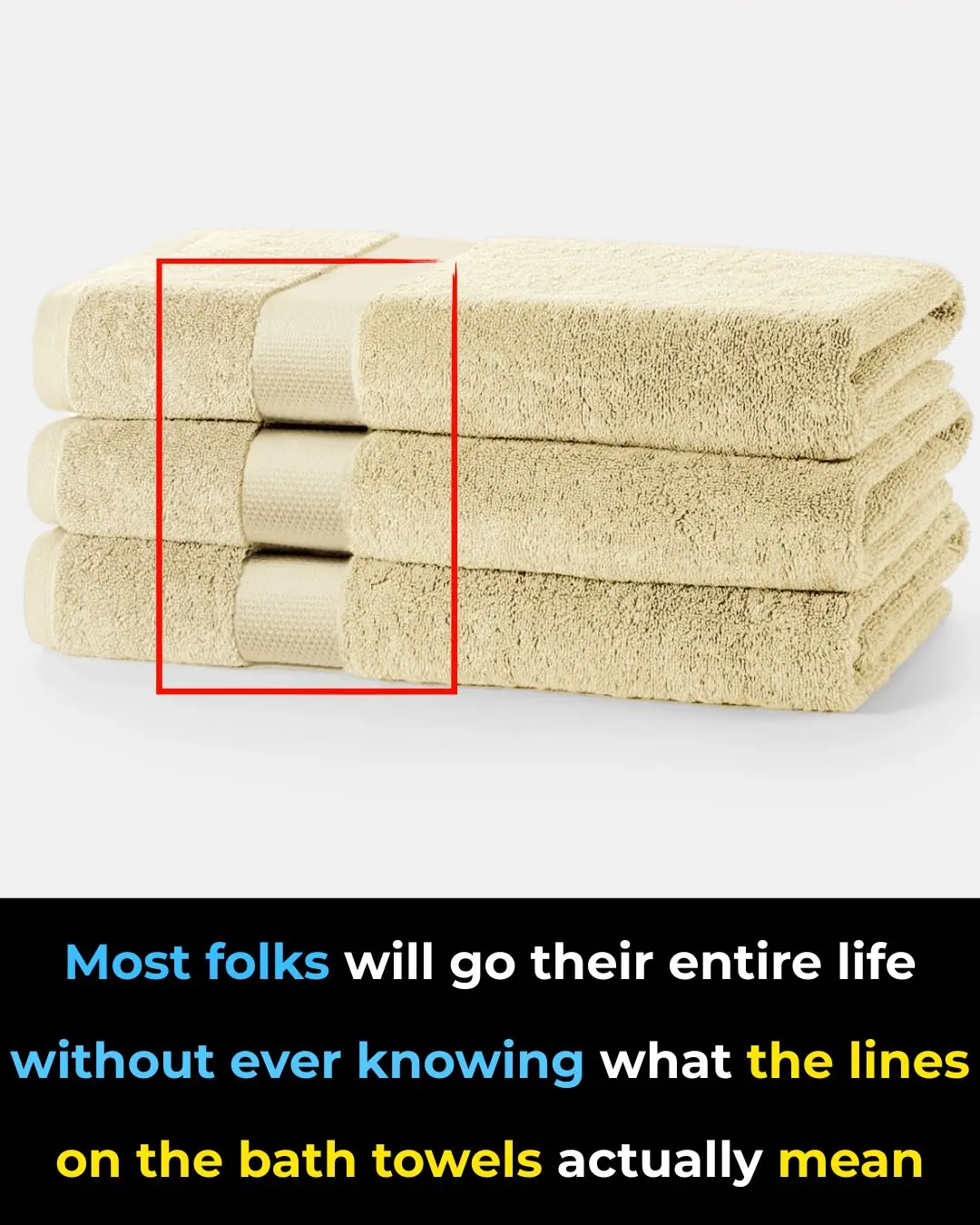
This is new information to me!

You are doing it all wrong. Here’s the right way to store winter coats
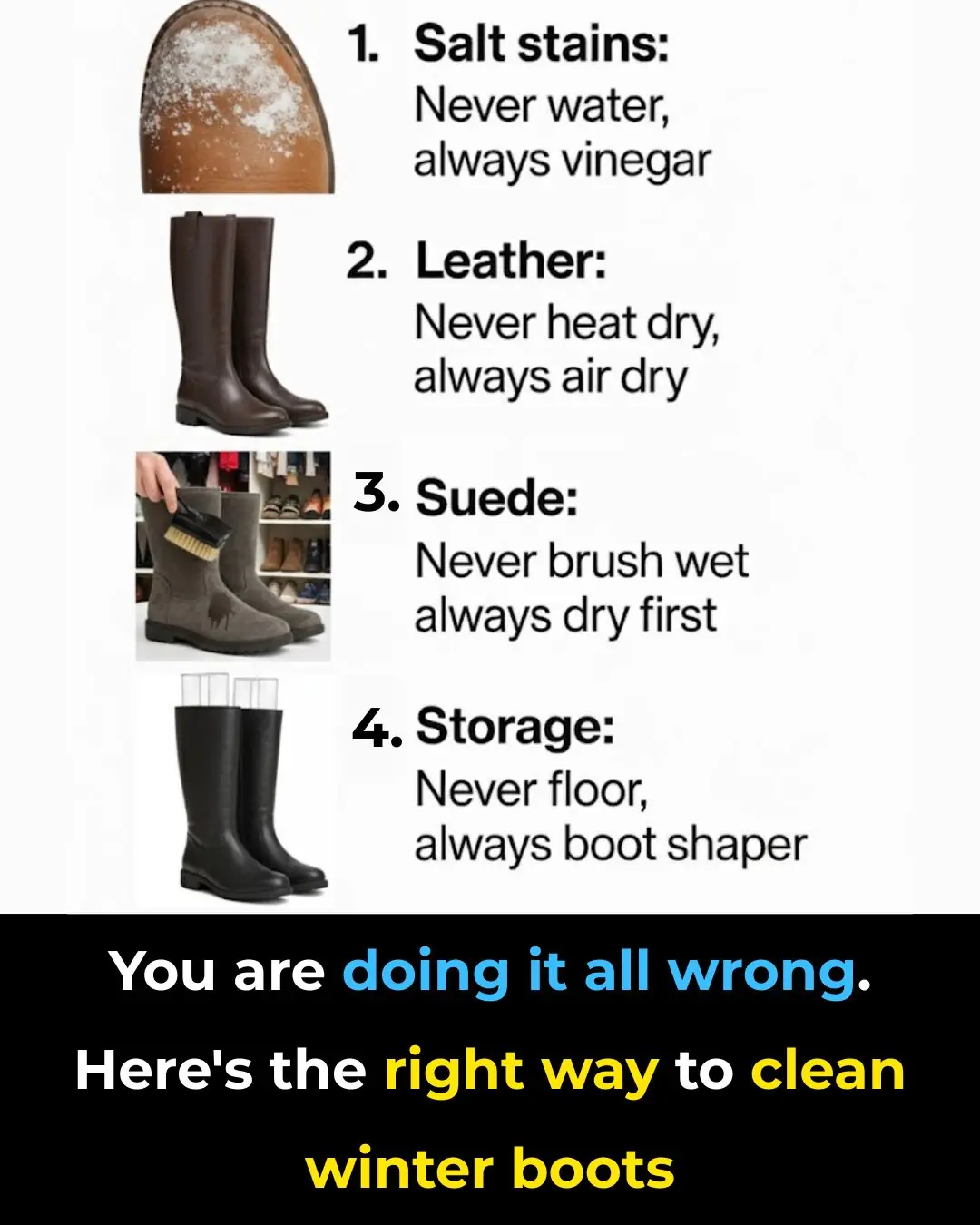
You are doing it all wrong. Here’s the right way to clean winter boots

Why should you bury garlic in a rice bin? Special benefits, every home needs it
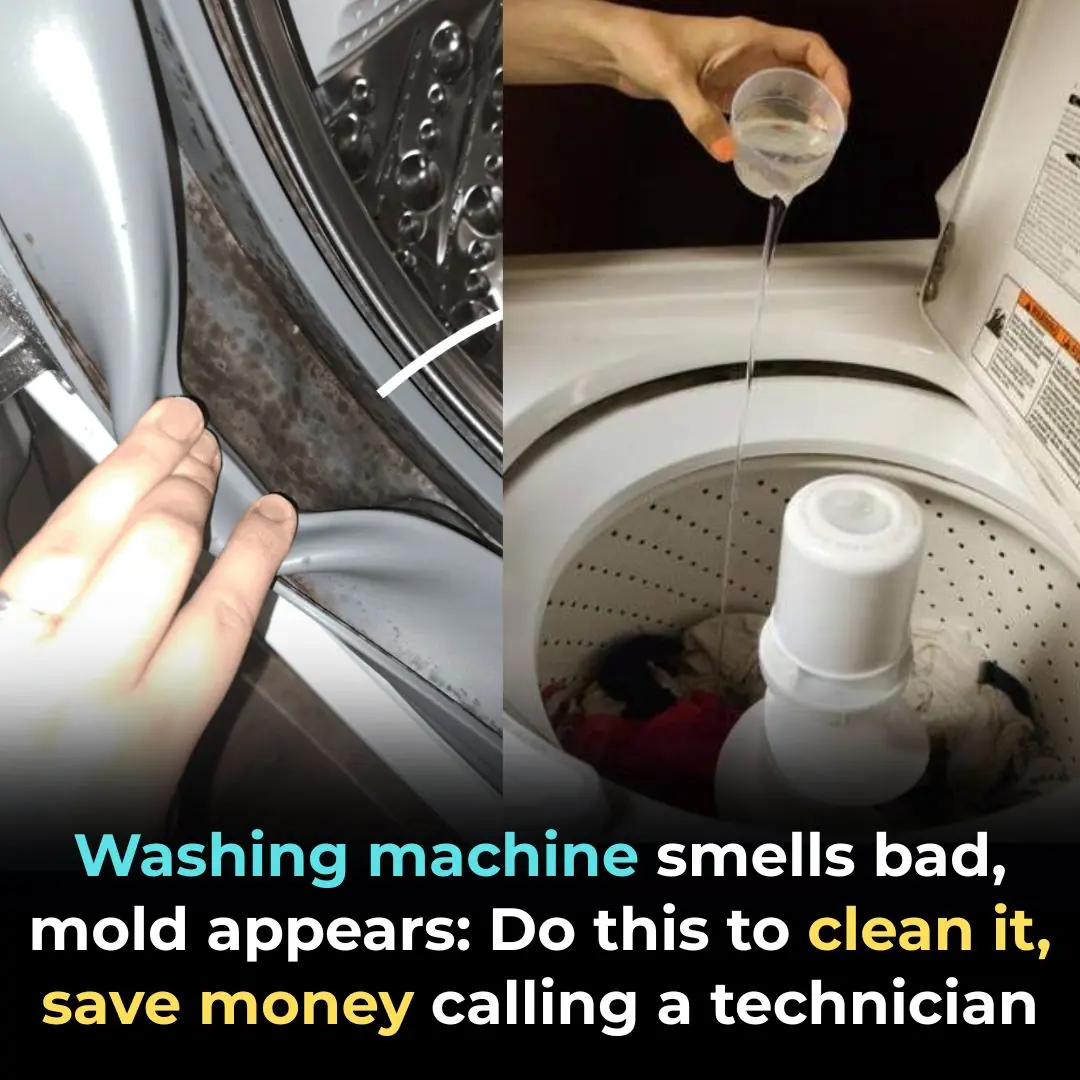
Washing machine smells bad, mold appears: Do this to clean it, save money calling a technician
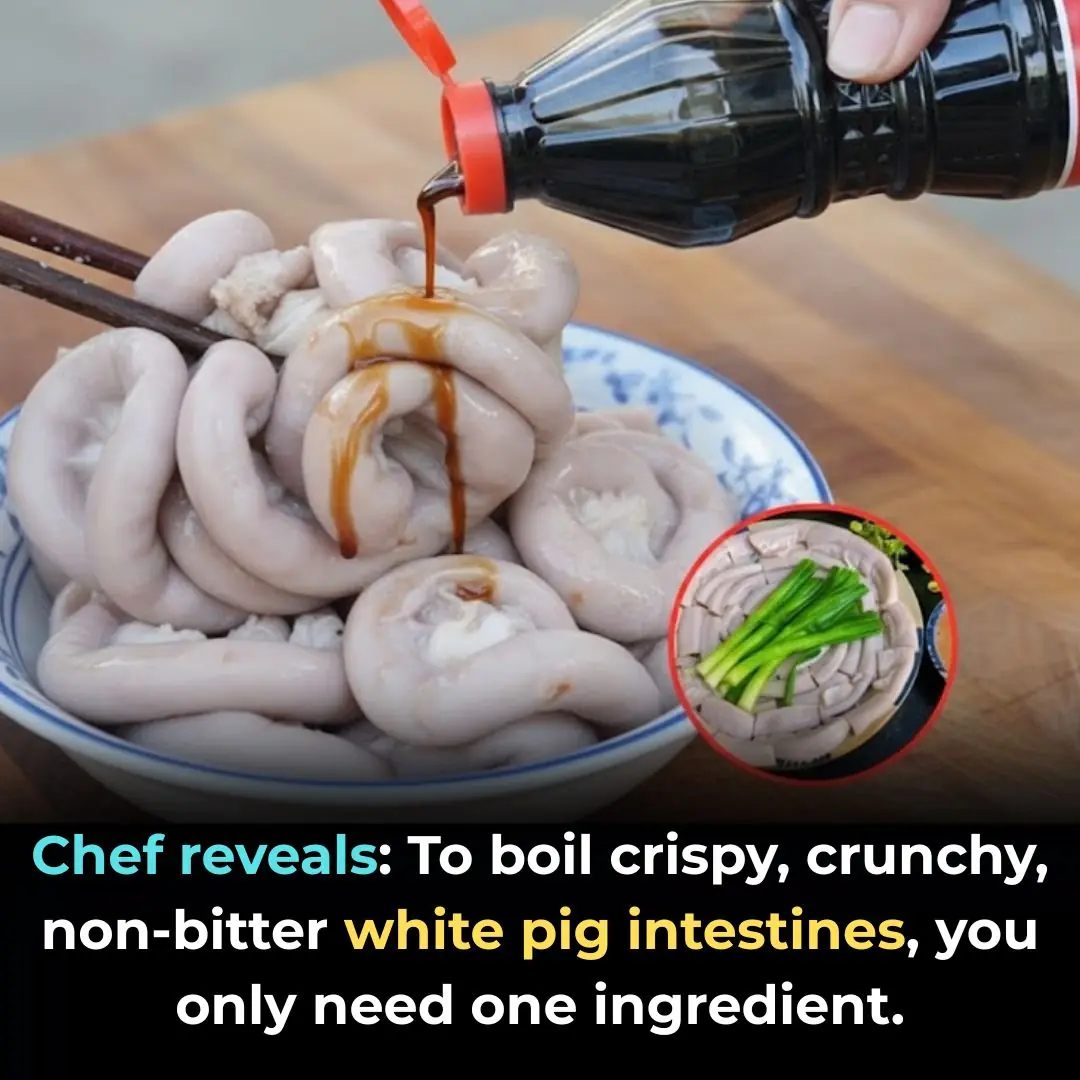
Chef reveals: To boil crispy, crunchy, non-bitter white pig intestines, you only need one ingredient.

7 safe and effective ways to get rid of ants from your house. Anyone with a lot of ants should learn from these.

3 ways to make delicious green chili sauce and red chili sauce that everyone can learn

Growing chili peppers with only plain water: The plants are stunted and yellow, using this water will produce heavy fruit.
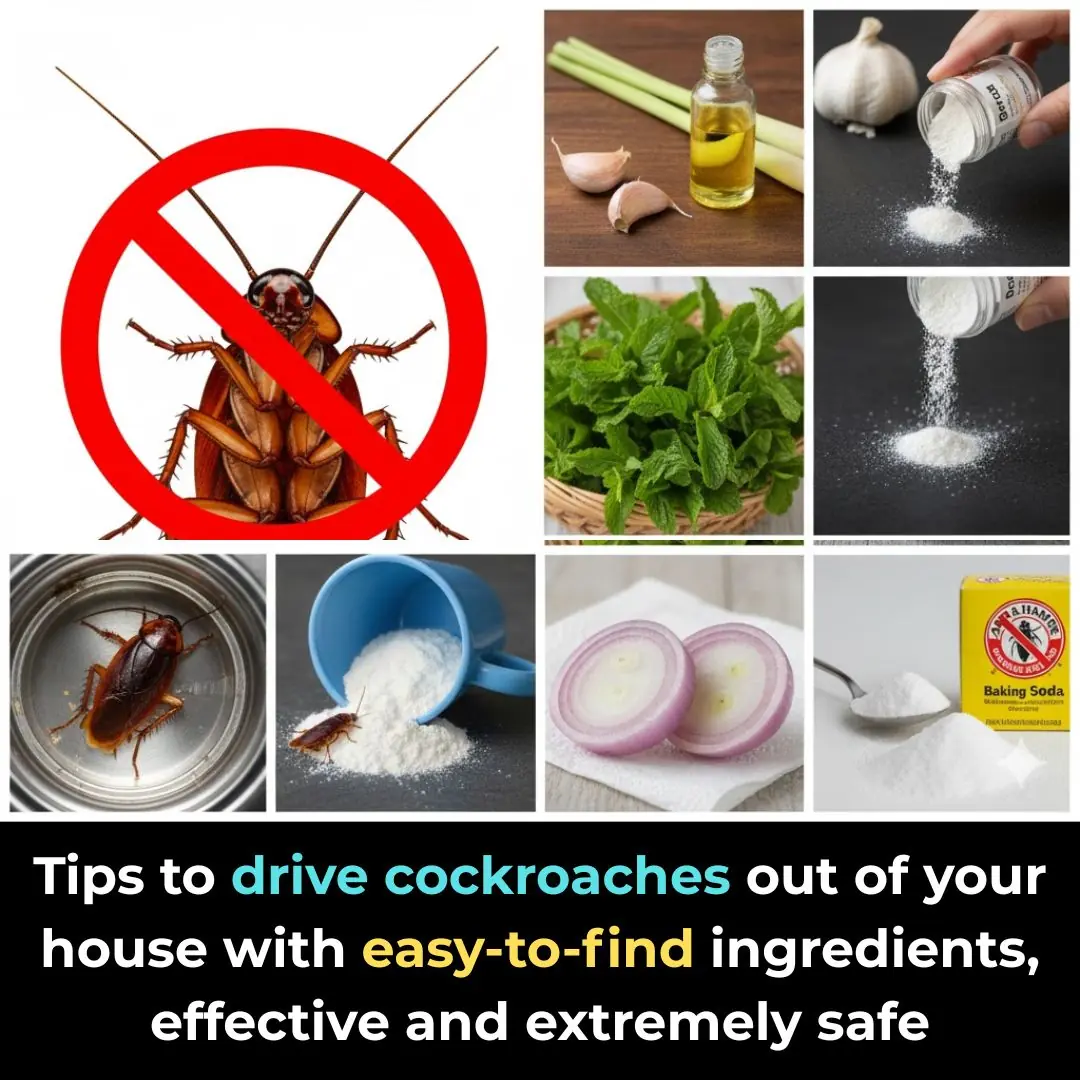
Tips to drive cockroaches out of your house with easy-to-find ingredients, effective and extremely safe
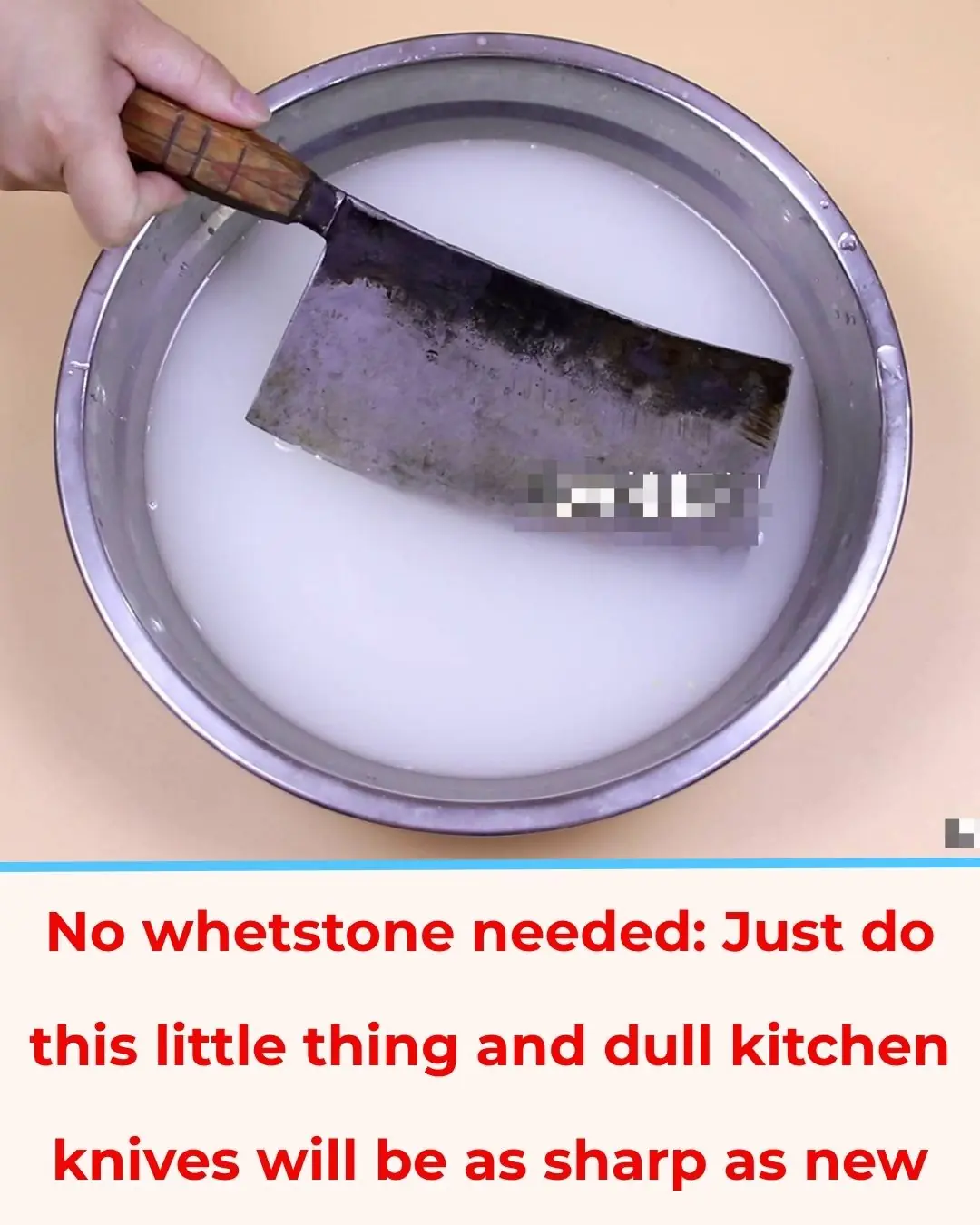
No Need for a Sharpening Stone: Just One Simple Trick to Make Your Dull Kitchen Knife as Sharp as New

My nana taught me this hack to make hair shiny in 3 mins with 0 work. Here’s how it works
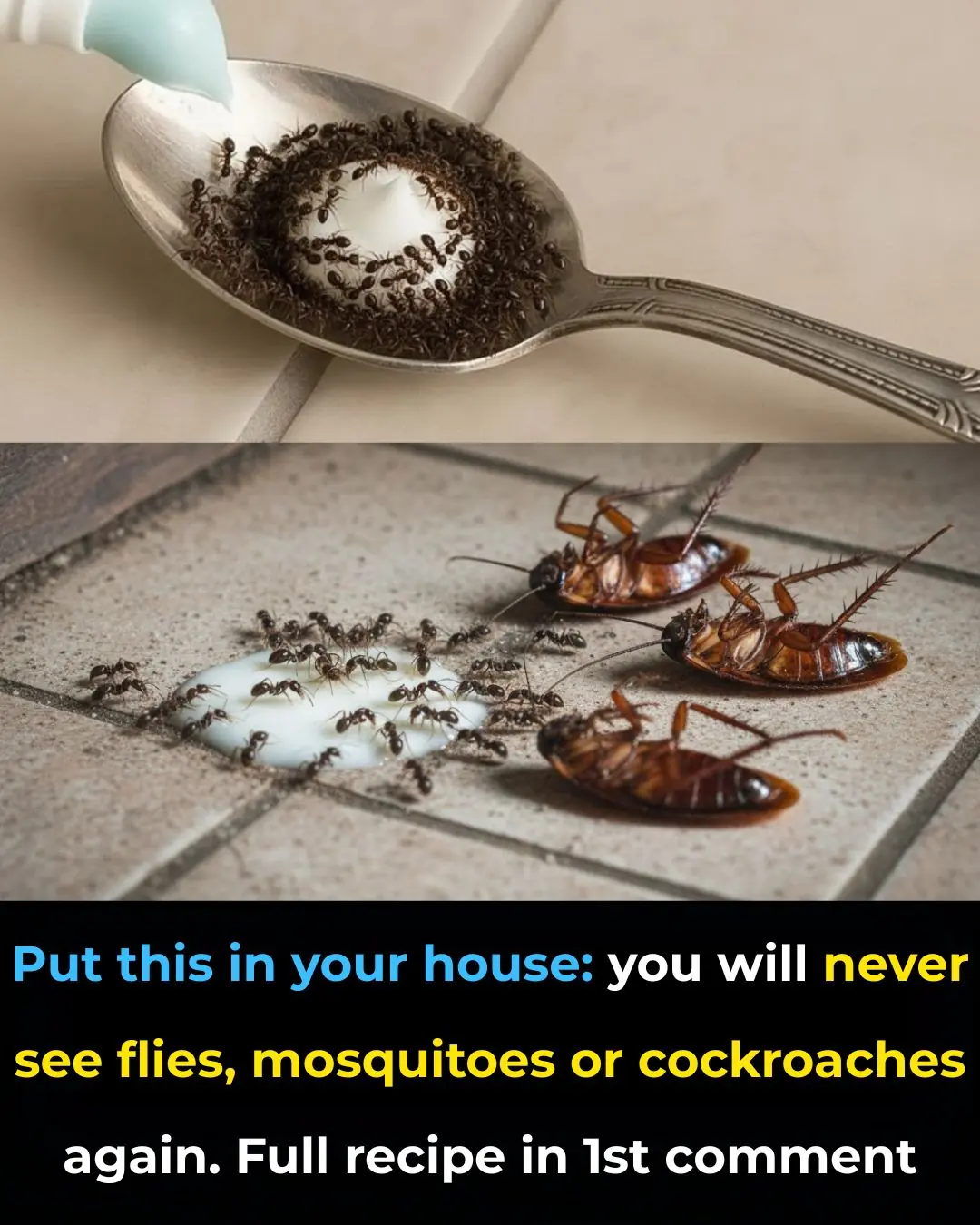
🕷️ Say Goodbye to Pests: A Natural Bathroom Trick That Helps Repel Insects
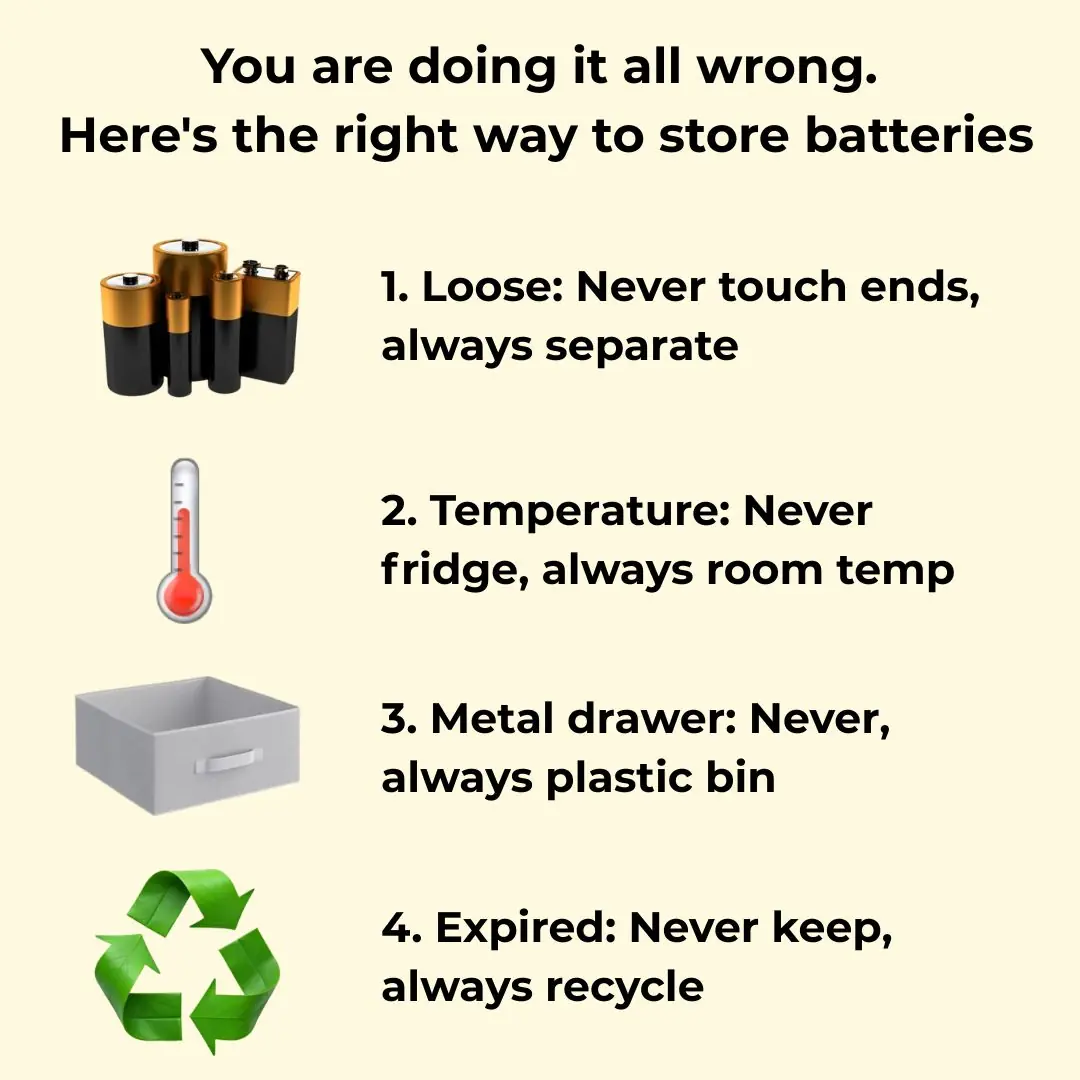
You are doing it all wrong. Here’s the right way to store batteries

Haven't heard that before
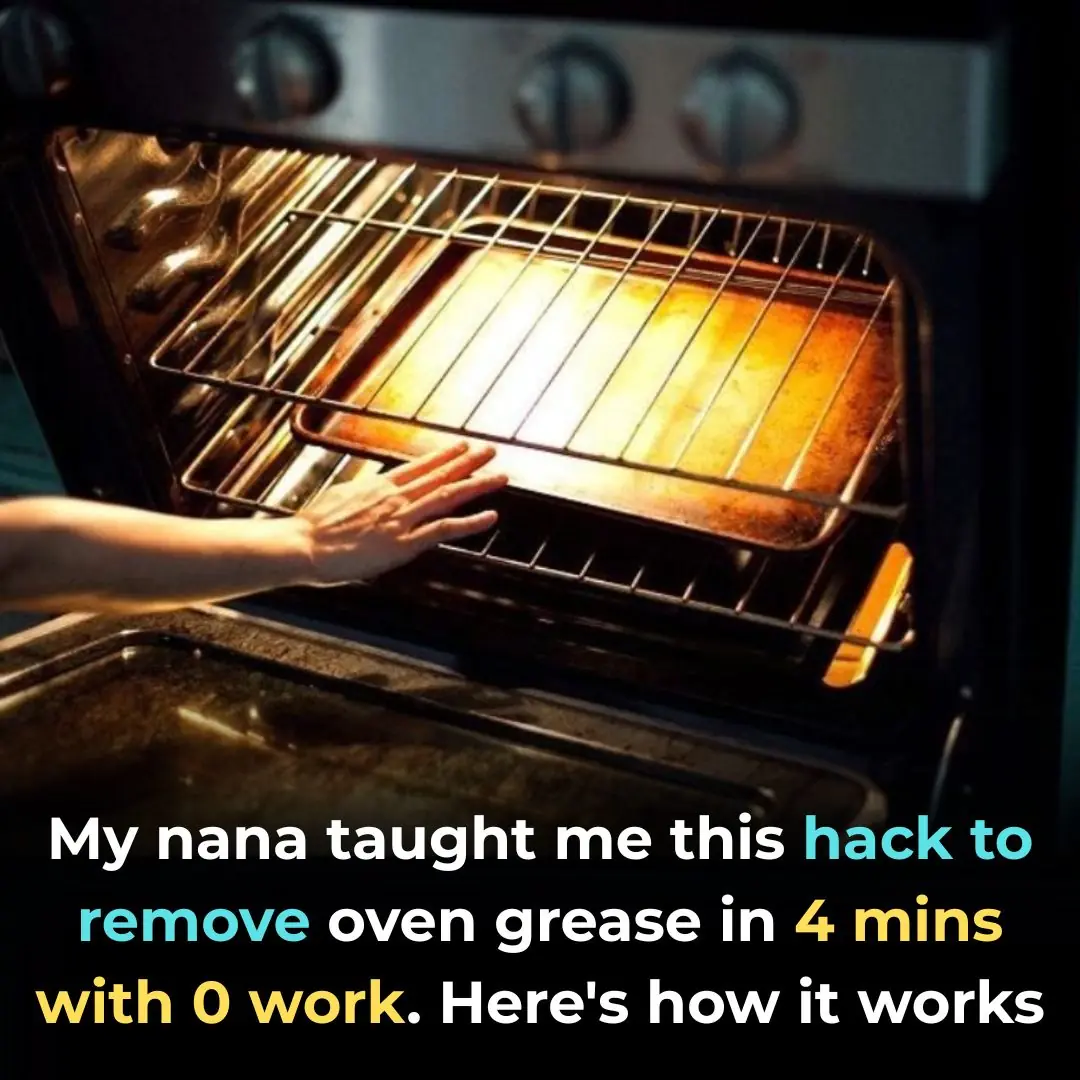
My nana taught me this hack to remove oven grease in 4 mins with 0 work. Here’s how it works

Lady places cup of vinegar into microwave. Here’s the genius reason why
News Post

🧴 Pimples on Your Lips? What It Really Is & How to Treat It Safely

You are doing it all wrong. Here’s the right way to clean your coffee maker

You are doing it all wrong. Here’s the right way to defrost your freezer

This is new information to me!

You are doing it all wrong. Here’s the right way to store winter coats

You are doing it all wrong. Here’s the right way to clean winter boots

Why should you bury garlic in a rice bin? Special benefits, every home needs it

Washing machine smells bad, mold appears: Do this to clean it, save money calling a technician

Chef reveals: To boil crispy, crunchy, non-bitter white pig intestines, you only need one ingredient.

7 safe and effective ways to get rid of ants from your house. Anyone with a lot of ants should learn from these.

3 ways to make delicious green chili sauce and red chili sauce that everyone can learn

Growing chili peppers with only plain water: The plants are stunted and yellow, using this water will produce heavy fruit.

Tips to drive cockroaches out of your house with easy-to-find ingredients, effective and extremely safe

Ghost the Giant Pacific Octopus Captures Hearts in Her Final Moments

Collagen booster night cream!!

How China is Reshaping Online Influence Through New Rules
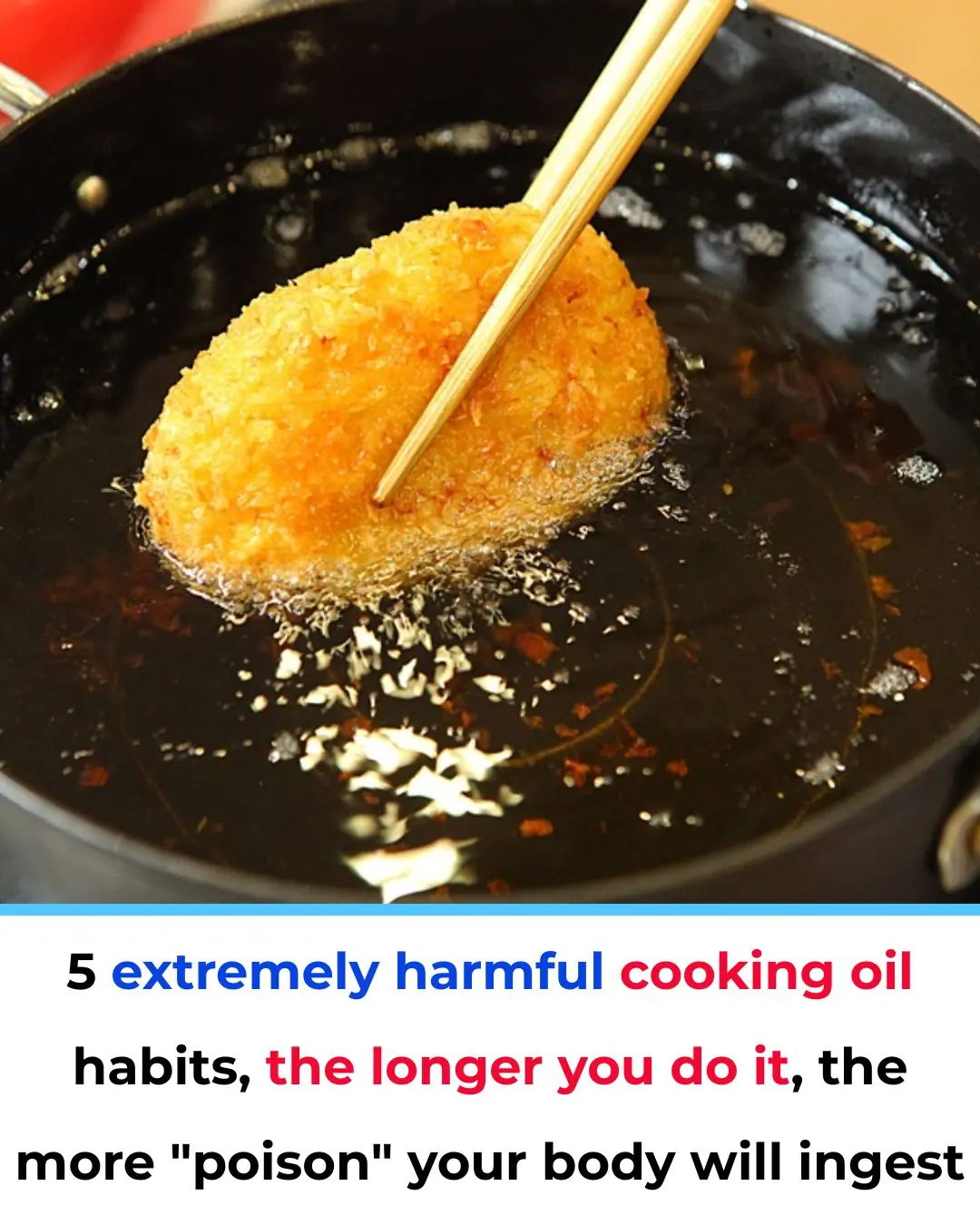
5 Extremely Harmful Cooking Oil Habits That Slowly Poison Your Body

No Need for a Sharpening Stone: Just One Simple Trick to Make Your Dull Kitchen Knife as Sharp as New
